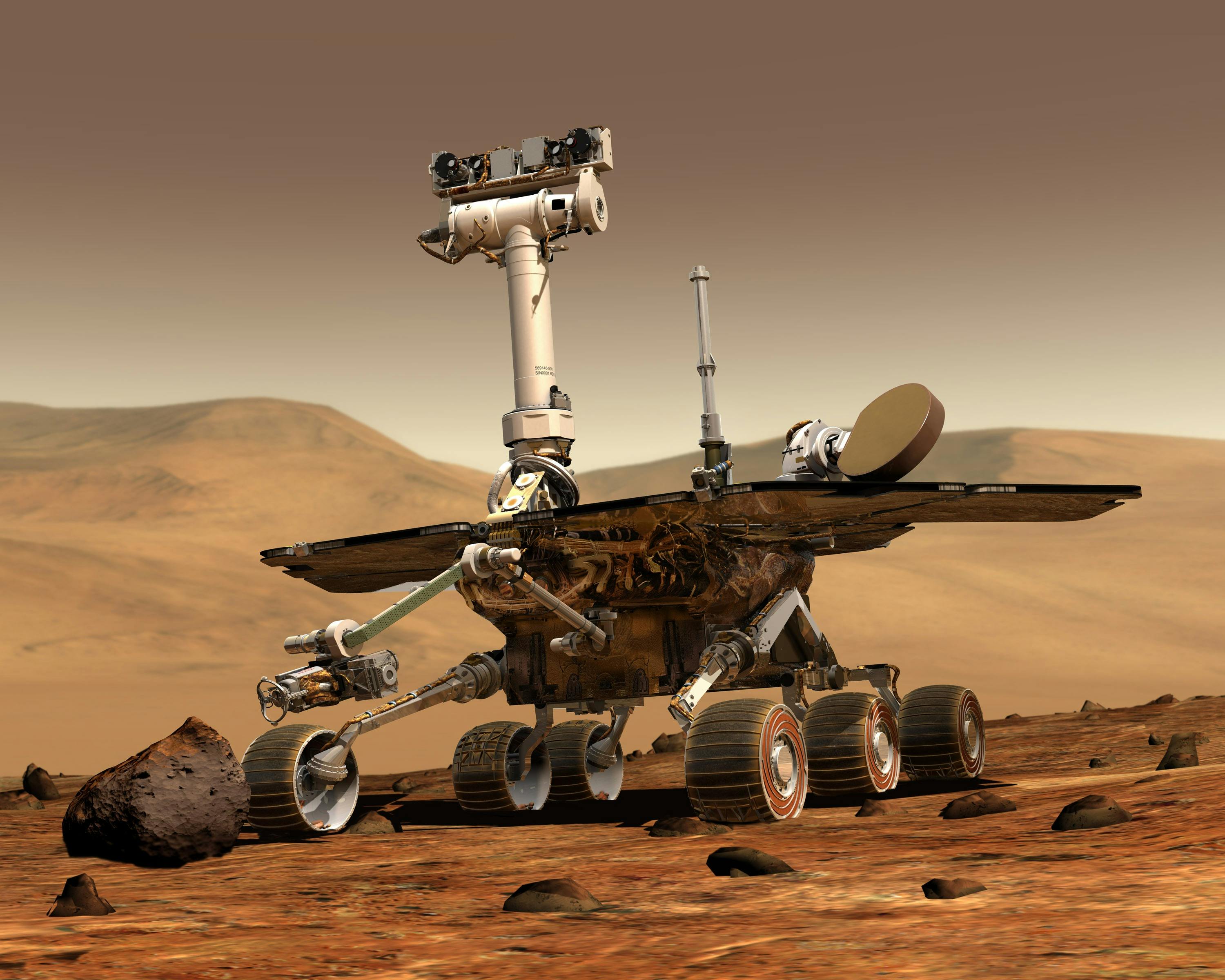The Next Frontier: Mars Exploration in the 2030s
Mars has captivated human imagination for centuries. From early astronomical observations to modern robotic missions, our understanding of the Red Planet has grown tremendously. Now, as we enter the 2030s, we stand at the threshold of a new era in Mars exploration—one that may finally see human footprints on Martian soil.
Current Missions and Their Findings
Several active missions are currently providing valuable data about Mars:
Perseverance Rover and Ingenuity Helicopter
NASA’s Perseverance rover, which landed in Jezero Crater in February 2021, continues to exceed expectations. Its key accomplishments include:
- Collection of over 30 rock and soil samples for future return to Earth
- Discovery of organic compounds that suggest past habitability
- Demonstration of oxygen production from the Martian atmosphere
The Ingenuity helicopter, initially planned for only five flights, has completed 47 flights, providing aerial reconnaissance capabilities that have transformed mission planning.
Mars Sample Return Mission
The joint NASA-ESA Mars Sample Return mission has entered its critical development phase. This ambitious project aims to:
- Retrieve samples collected by Perseverance
- Launch them into Mars orbit
- Return them to Earth by 2033
If successful, this will be the first time material from Mars is returned to Earth, allowing for detailed laboratory analysis impossible to perform with instruments on Mars.
Technological Developments
Several key technologies are being developed to enable future Mars missions:
Advanced Propulsion Systems
Nuclear thermal propulsion, currently under development, could reduce travel time to Mars from 7-9 months to as little as 3-4 months. This would significantly reduce radiation exposure for astronauts and allow for more flexible mission windows.
Surface Habitats
Engineers are testing deployable habitat designs in Mars-analog environments on Earth. These structures must provide:
- Radiation protection
- Thermal regulation in extreme temperature swings
- Pressurized living and working space
- Resource recycling capabilities
In-Situ Resource Utilization (ISRU)
ISRU technologies will allow future missions to produce resources on Mars rather than bringing everything from Earth:
- Water extraction from subsurface ice deposits
- Oxygen production from the CO₂-rich atmosphere
- Potential production of methane fuel
- Construction materials from Martian regolith
Planned Missions This Decade
Several critical missions are scheduled before the first human landing:
NASA’s Mars Ice Mapper (2027)
This orbiter will use radar to map subsurface ice deposits, crucial for planning human landing sites with accessible water resources.
SpaceX Cargo Starship (2028)
SpaceX plans to send an uncrewed Starship to Mars to demonstrate landing capabilities and deliver initial infrastructure components.
International Mars Sample Return (2029)
As mentioned earlier, this mission will bring Martian samples back to Earth for detailed analysis.
Habitat Demonstration Mission (2031)
This joint international mission aims to land and deploy a prototype habitat system to test life support technologies before human arrival.
The First Human Mission
Current planning points to a first human mission in the 2035-2037 timeframe, depending on technology readiness and funding commitments.
Mission Architecture
The likely mission profile includes:
- Pre-positioned supplies and habitats sent years in advance
- A crew of 4-6 astronauts
- Surface stay duration of approximately 500 days
- Multiple surface vehicles for exploration
Science Objectives
While engineering challenges often dominate discussions, the scientific goals remain paramount:
- Search for evidence of past or present life
- Understand Mars’ climate history
- Study the planet’s geological evolution
- Assess resources for future utilization
- Evaluate conditions for eventual human settlement
Long-term Vision: Permanent Presence
Beyond initial missions, both government agencies and private entities have expressed interest in establishing a permanent human presence on Mars.
SpaceX’s Mars City Concept
Elon Musk’s vision involves gradually building a self-sustaining city of up to a million people. While ambitious, the concept has sparked important conversations about long-term human presence beyond Earth.
Scientific Research Bases
More conservative approaches envision research bases similar to those in Antarctica, with rotating crews and ongoing scientific missions.
Ethical and Policy Considerations
As these plans develop, important questions arise:
- Planetary protection protocols to prevent contamination
- Resource rights and utilization regulations
- International cooperation frameworks
- Long-term health effects of reduced gravity and radiation
Conclusion
The exploration of Mars in the 2030s represents one of humanity’s greatest adventures. While significant challenges remain, the combined efforts of international space agencies, private companies, and scientific institutions are bringing us closer to the day when humans will stand on the surface of another world, opening a new chapter in our species’ history.
As we look toward this future, Mars exploration stands not just as a technological achievement but as a testament to human curiosity, determination, and our unyielding desire to explore the unknown.
Share this article

Sarah Johnson
Former NASA engineer and space policy analyst specializing in planetary exploration and human spaceflight.
Related Articles

3I/ATLAS (C/2025 N1): Living Evidence Log & Analytic Brief
A research-grade, continuously maintained account of the interstellar object 3I/ATLAS (C/2025 N1), synthesizing multi-wavelength observations, quantitative findings, and near-term priorities around perihelion.
Read moreUnlocking the Cosmos with the Vera Rubin Observatory
How to access LSST data releases and explore cosmic anomalies through the Rubin Science Platform.
Read more
Reconstructing UFO Sightings with Sora and Generative AI
Using AI to recreate UFO sightings from witness reports
Read more